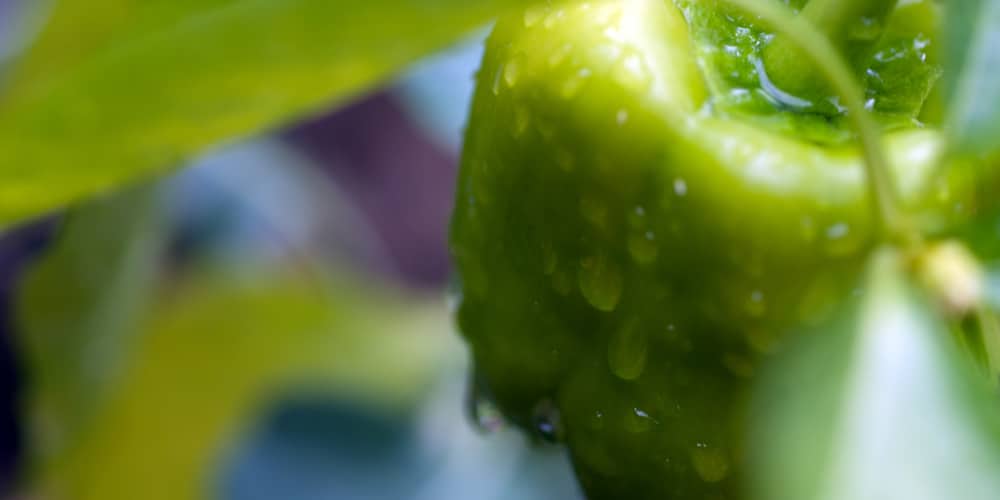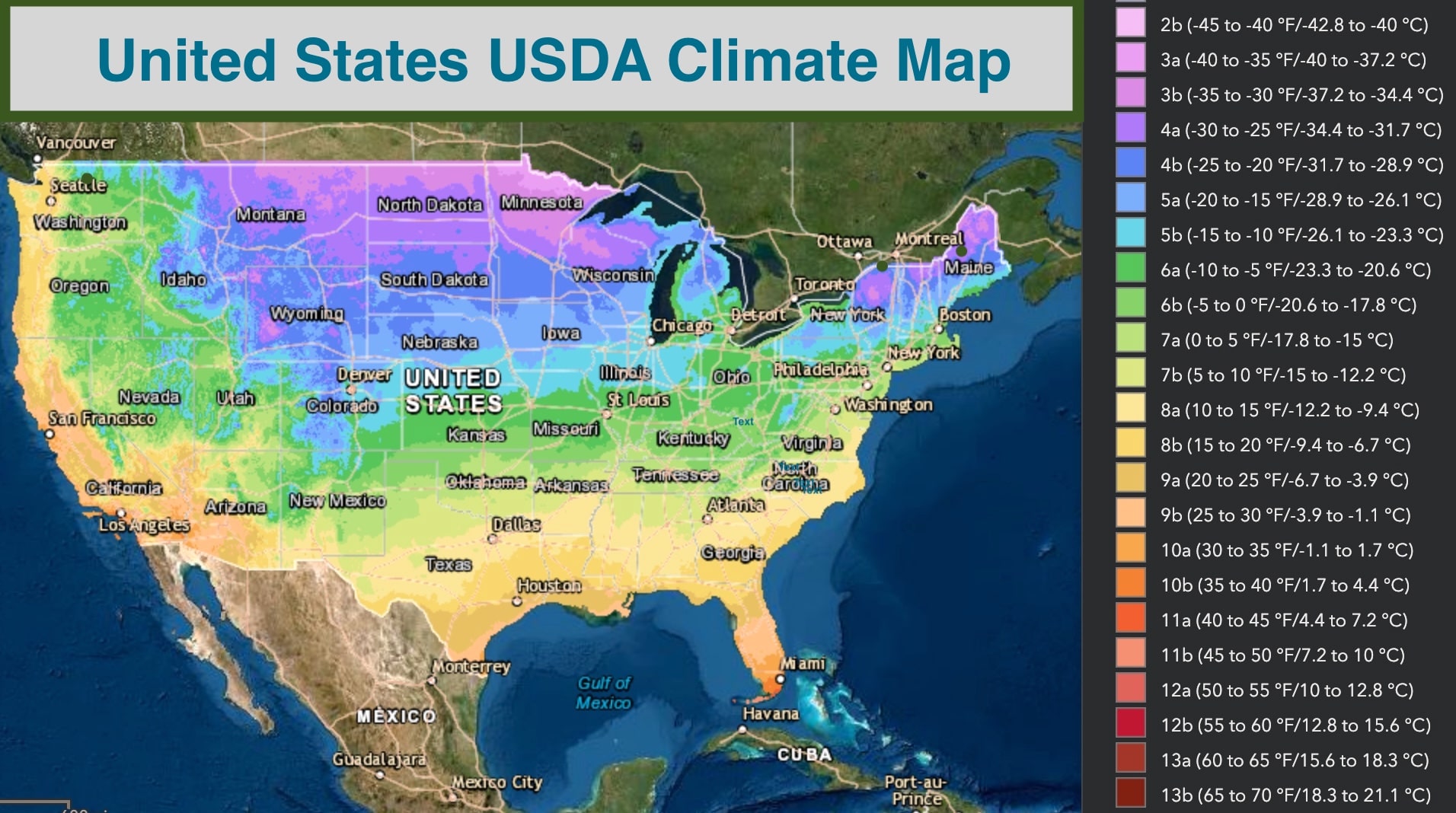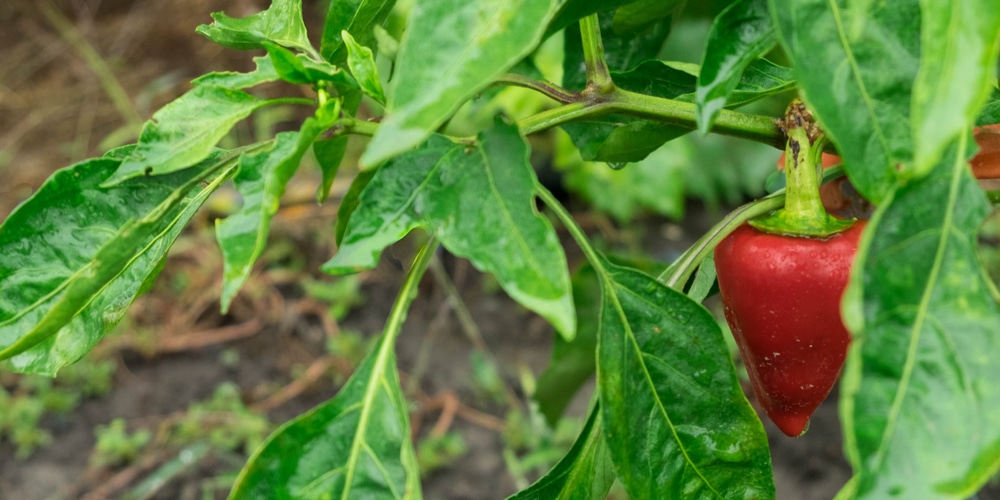The fruit of the California Wonder Pepper Plant is among the most popular varieties of bell peppers. This robust plant is an excellent choice if you want to grow vegetables in your garden.
Not for anything, after tomatoes, it is the second most popular plant for home harvest. The sweet and large peppers are versatile fruits: you can use them in salads and create healthy snacks. Plus, they are deliciously grilled, sautéd, and stuffed. No wonder it is America’s favorite pepper variety.
How to care for California Wonder Pepper Plant
California Wonder Pepper Plant requires lots of heat and generous fertilizing to grow. These plants thrive in warm temperatures and do well indoors too. However, consider they need lots of light.
Before planting the seeds, especially if you live in colder regions, you may want to warm the ground a week before with black mulch. Also, ensure you give your plant enough space to grow: place California Wonder Pepper Plant seeds at least 18 inches apart.
If you are trying to grow your peppers indoors, make sure the pot is large enough to support the plant.
Sunlight
California Wonder Peppers needs full sun and heat. Select a spot that gets at least six hours of direct sun when planting them. If you want to give your seeds an early start, consider covering the best with some black plastic.
Watering
This plant is a heavy drinker, especially during the stages of growth. Keep the soil moist by watering it once a week. Your pepper will need about one or two inches of irrigation every seven days or so.
A drip system will give you the best results. But if you don’t have one, remember to be consistent with watering, and you’ll be fine. To minimize pests and diseases, it is best to water early in the morning to allow the foliage to dry before evening.
Pruning
Pruning can help you maintain your plant healthy and encourage good branching, even fruit development, and improved yields. It is not necessary, but it will give you considerable benefits.
Make sure your scissors are clean and prune your plants on dry days for best results and to prevent the spread of diseases.
Humidity
Peppers need adequate moisture and temperature to grow effectively. While there are no requirements for the environment’s humidity, you must ensure the soil doesn’t dry. Applying organic mulch can help you conserve soil moisture without rotting the roots.
USDA Climate Zones For Outdoor Growth
California Wonder Bell Peppers grow at temperatures between 70 and 90. Also, they don’t do very well when nighttime temperatures go below 55.
According to the USDA, this plant gives the best results in the regions with mild climates under the Zone 7 category. The Eastern coastal areas, the arid Southwest regions, and the forests of Oregon are all suitable areas for growing California Bell Peppers.
Fertilizer
If you plant your peppers in rich soil, there won’t be much need for fertilizer. However, as the fruits develop, you may want to add Phosphorous and Potassium to the mixture to boost peppers’ growth. Remember to avoid adding too much Nitrogen as it works as a deterrent for fruit development.
Soil Type
To grow healthy peppers, you must ensure your soil is fertile and well-drained. Use high-quality potting mixes and consider adding compost to add nutrients and improve drainage.
Organic matter can help you maintain the right balance in moisture. If you live in warmer areas, mulch can help prevent excessive evaporation during the dry summer months. While these plants do not seem susceptible to soil acidity, they do much better between 6 and 6.8 pH.
Propagation
Growing peppers from cuttings is a popular choice for many home gardens. Luckily, it is not particularly challenging. All you have to do is select a healthy stem about three to five inches long and cut it at a 45-degree angle.
Make sure you cut beneath the node, right where the leaves emerge. If the stem has flowers or buds, remove them. Doing so will ensure the plant concentrates its energy into making roots, which is how you effectively clone a pepper plant.
Place the stem in a rooting medium with peat or use a seedling starter soil to ensure its establishment. At this stage, you must keep the soil moist. Consider covering the cuttings with plastic to prevent water loss. In as little as two weeks, you’ll probably notice the appearance of roots.
California Wonder Pepper Plant: Conclusion
Growing California Bell Peppers in your garden is a fun activity that will ensure you have a limitless supply of this nutritious and colorful vegetable.
Make sure you use the tips we included in this guide to make the most out of this plant and enjoy its fruits.
Related Article: How Big and Tall do Pepper Plants Grow?


